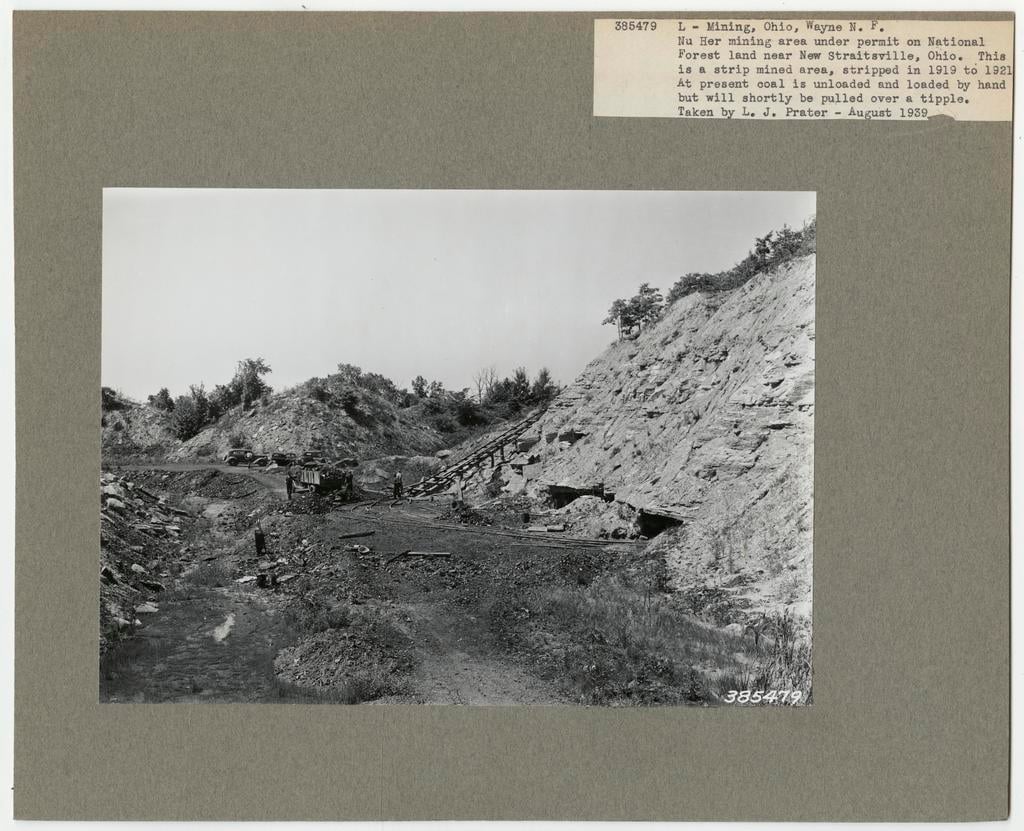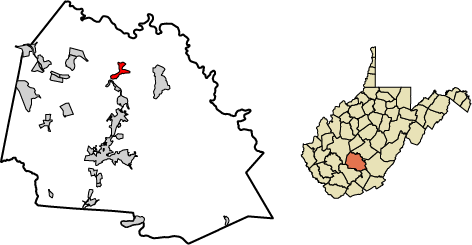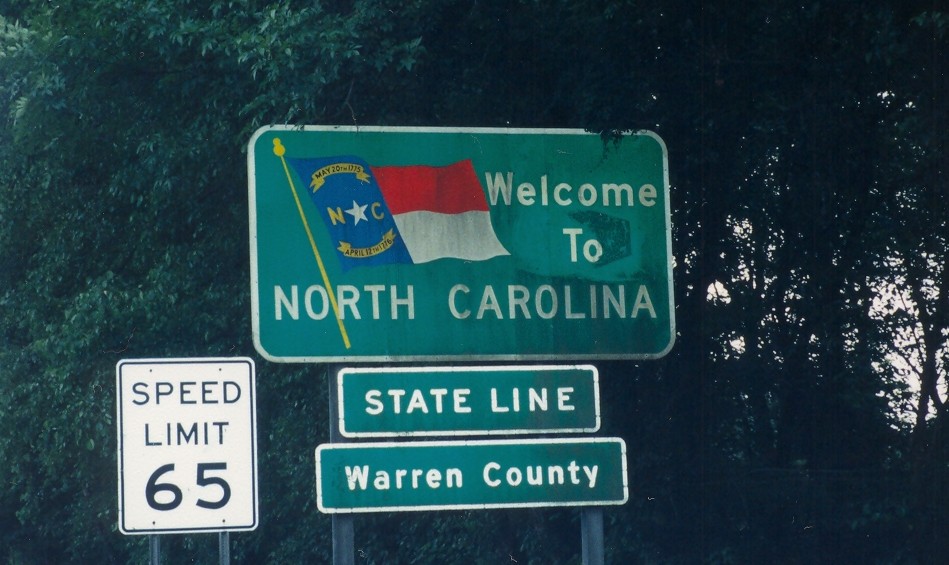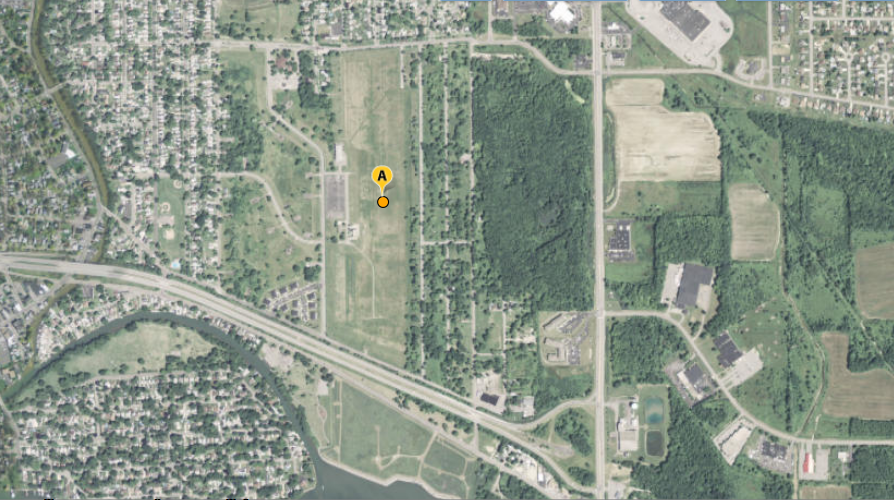Hundreds of unidentified coal mines burrow beneath the surface of Perry County, Ohio, and its surrounding communities, forming a skeleton of the region’s once-thriving economy. These towns, known as The Little Cities of Black Diamonds, once thrived; reliant on coal, miners, and the economic flow this industry supplied. However, since coal’s peak in Ohio during the 19th century, industrialization, technological advances, and shifting energy priorities have pushed the industry into decline, weakening the demand for coal. …





